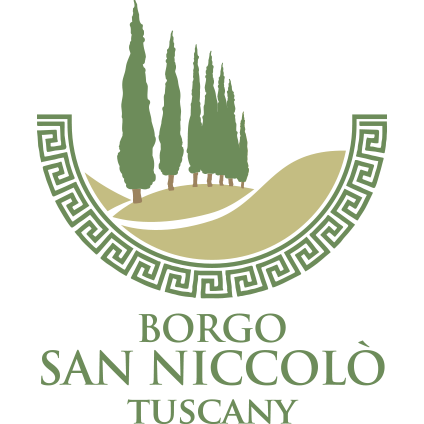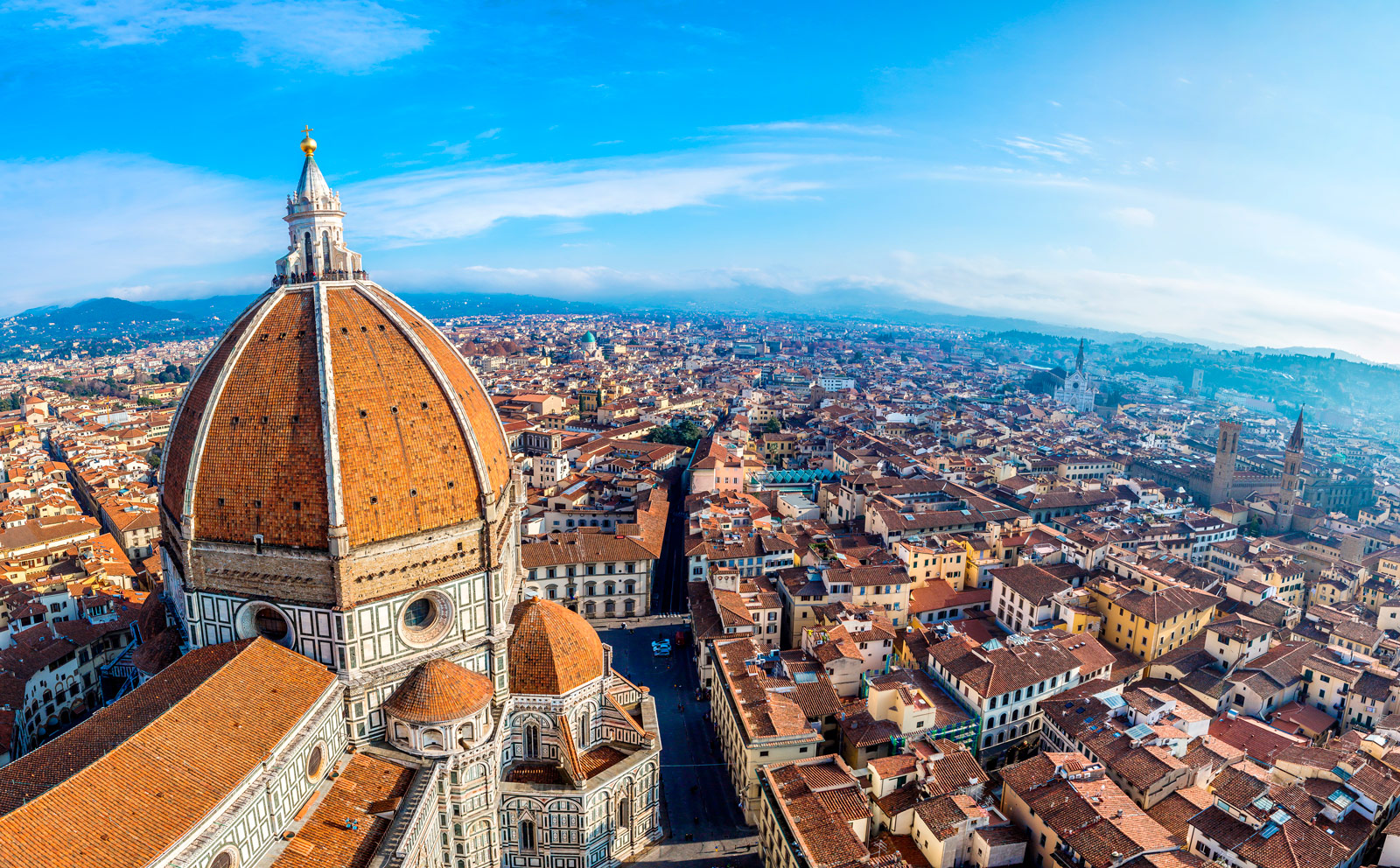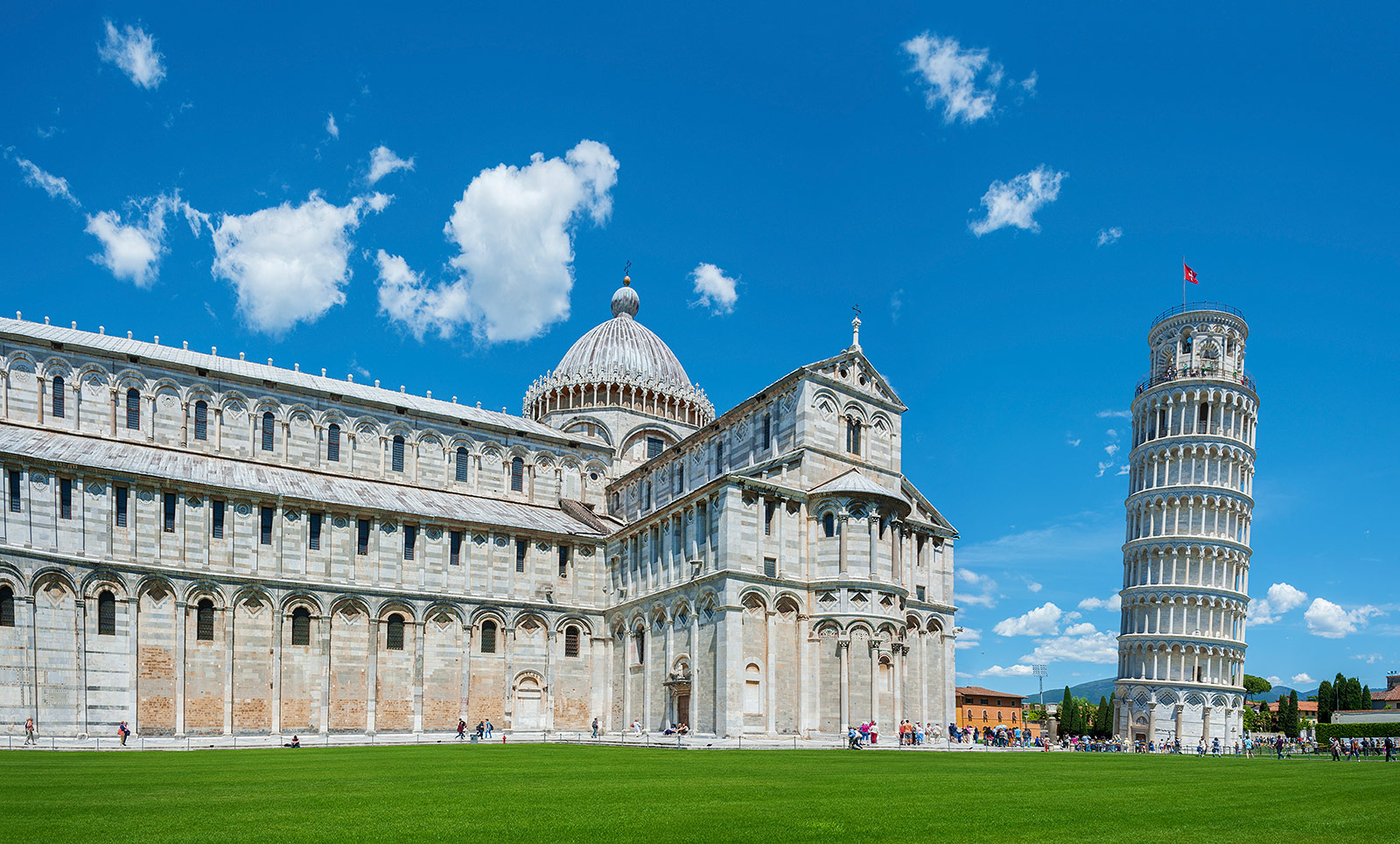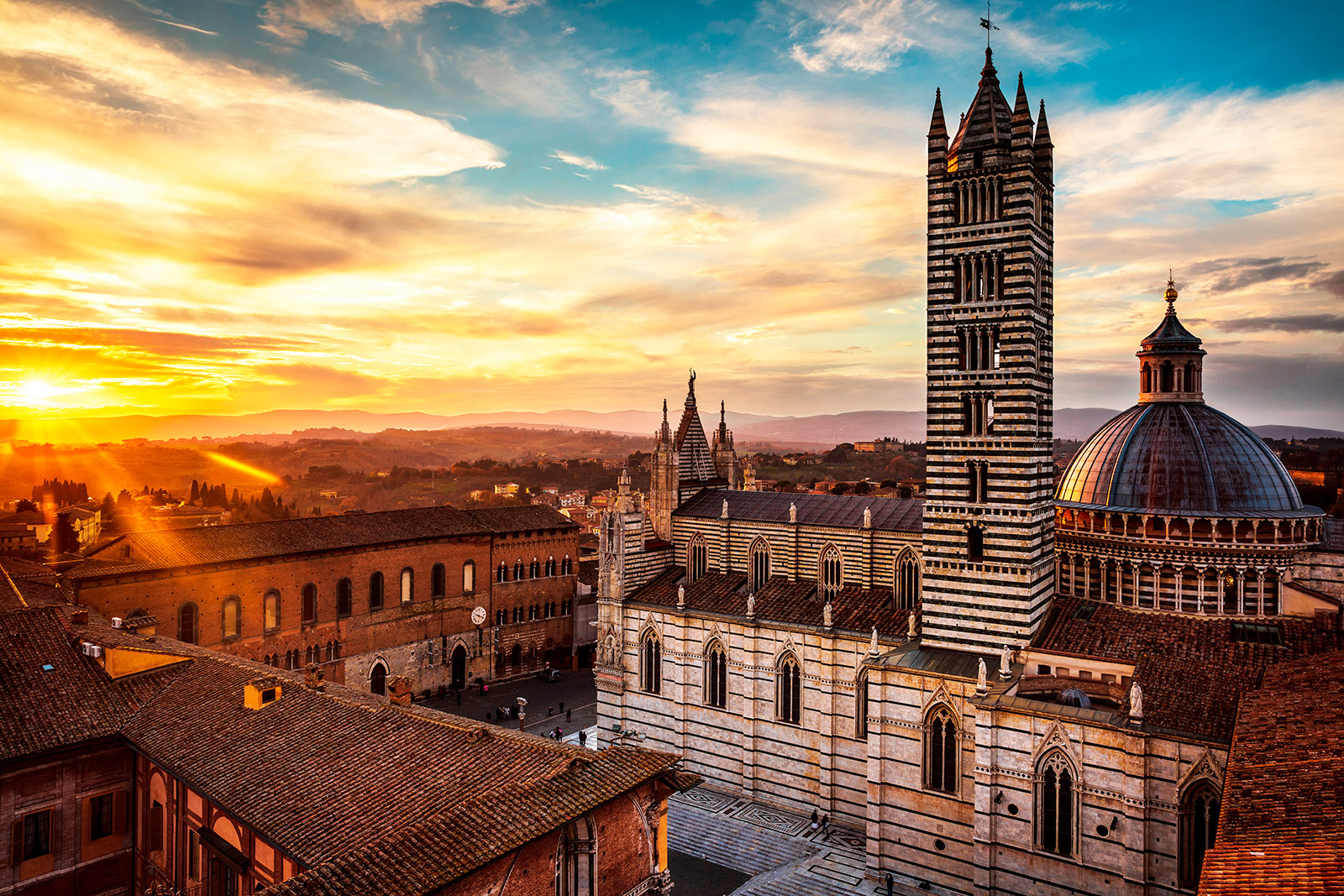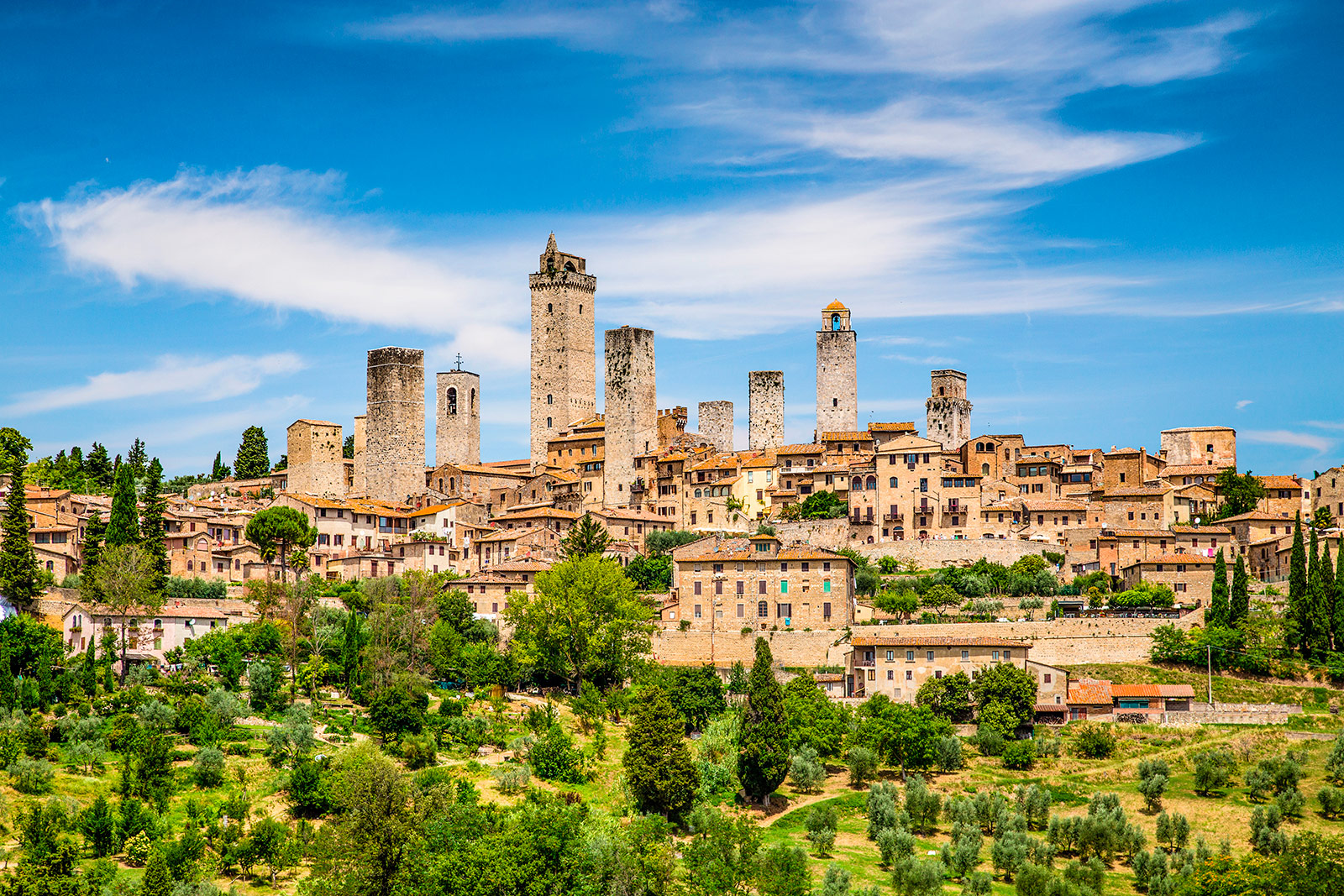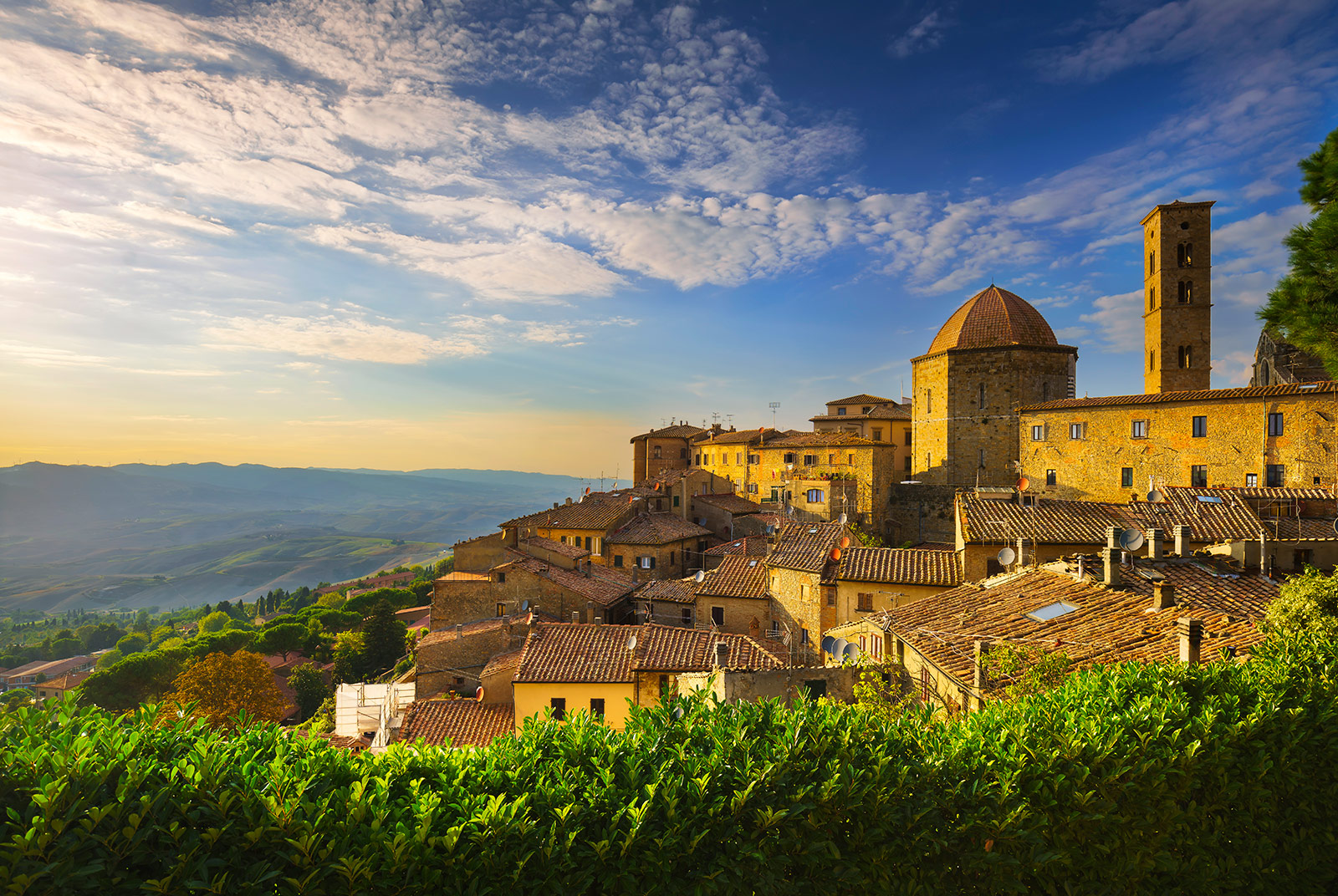Land of good wine and good kitchen, artistic and natural beauties and the important historical heritage, Tuscany is one of the most beloved and desired Italian region by tourists from all over the world.
In the heart of Italy, this area offers several kind of landscapes, from the crystal coasts of Leghorn and Grosseto provinces, with the splendid islands like Elba and Giglio Island, to the woodland in Garfagnana in the Northern Tuscany, included Apuane Alps where the prestigious Carrara Marble comes from, and the provinces Pisa, Lucca and Florence, the Chianti Area between Arezzo and Siena, where there are exclusive wineries with delicious wine tasting tours.
In this region there are a lot of Unesco world heritage sites, like the ancient cities of Florence, Siena, San Gimignano, Pienza, Pisa and the leaning tower and the known area of Val D’Orcia, close to Siena.
